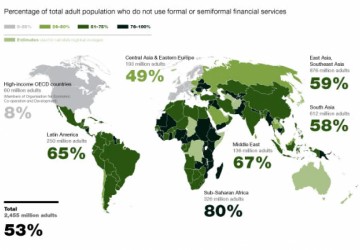
The Real Cost of Living in Australia
Australian consumers have long grumbled about the high cost of groceries and other imported goods. But there's a key factor that explains rising prices, and it might not be what you think. The real culprit? Exchange rates.
The notion that supermarket profits must be on the rise is a common misconception among Australians. The truth is that the major supermarkets have been making the same margin of profit for years. In other words, the retailers aren't making more money off your grocery purchases. So, what gives?
The answer lies in exchange rates. Specifically, the declining value of the Australian dollar (AUD) against the US dollar (USD). Historically, the AUD was relatively on par with the USD. However, in recent years, the AUD has weakened significantly. This has widespread implications for the prices we pay for imported goods.
Imported products are frequently priced in US dollars. Consequently, the cost of these products increases when the AUD weakens against the USD. The effect of this is not uniform, as the degree of price increase varies depending on the product category. Common items such as electronics, clothing, and imported foods have seen marked price increases.
The phenomenon of exchange rate-driven price increases is not limited to the everyday consumer. The lower value of the AUD also affects businesses in Australia. This is particularly true for companies that rely heavily on imports. Higher import costs can translate into reduced profit margins and higher prices for consumers.
It's worth noting that exchange rate fluctuations also influence tourism and the broader economy. A weaker AUD makes it more expensive for Australians to travel overseas. Conversely, it can attract foreign tourists and investment to Australia, as their currency has greater purchasing power.
So, before you direct your frustration at supermarket chains for the high cost of your grocery bills, it's helpful to view the broader picture. Exchange rates play a significant role in what's happening at the checkout.
One way to mitigate the impact of exchange rate changes is by prioritizing locally-produced goods over imported ones. By choosing local products, you contribute to the support of domestic industries and reduce your exposure to foreign exchange fluctuations. You'll find that many locally-made goods offer excellent quality at a fair price.
The exchange rate may not be the most visible cause of rising prices, but it certainly plays a key role in the economics of living in Australia. Becoming an informed consumer and considering its effects can help you have a better understanding of your expenses and monthly budget.
-
 11/30/2025 224
11/30/2025 224 -
 11/30/2025 95
11/30/2025 95 -
 10/11/2025 483
10/11/2025 483 -
 08/27/2025 570
08/27/2025 570 -
 08/27/2025 531
08/27/2025 531 -
 08/18/2025 524
08/18/2025 524 -
 05/30/2025 1077
05/30/2025 1077 -
 03/24/2025 943
03/24/2025 943 -
 03/24/2025 926
03/24/2025 926 -
 03/23/2025 909
03/23/2025 909
-
 06/11/2017 7682
06/11/2017 7682 -
 06/20/2017 5865
06/20/2017 5865 -
 06/29/2017 5160
06/29/2017 5160 -
 07/13/2020 4323
07/13/2020 4323 -
 07/17/2020 3875
07/17/2020 3875 -
 05/02/2021 3299
05/02/2021 3299 -
 01/07/2024 2457
01/07/2024 2457 -
 11/28/2023 2410
11/28/2023 2410 -
 06/17/2024 2140
06/17/2024 2140 -
 07/04/2024 2112
07/04/2024 2112
FEATURED NEWS

FINTECH

GENERAL

THAILAND

BLOG




LEAVE A COMMENT